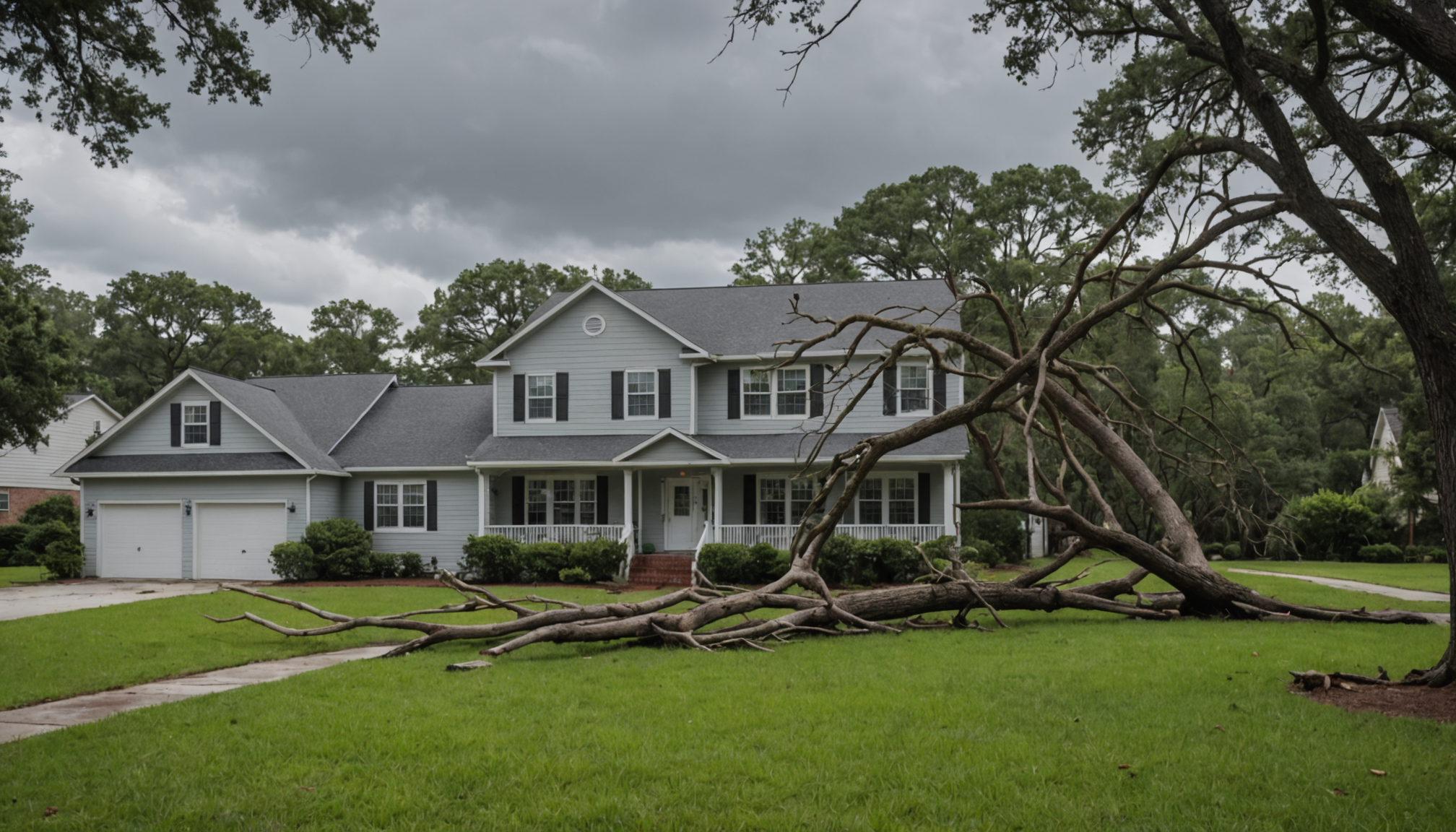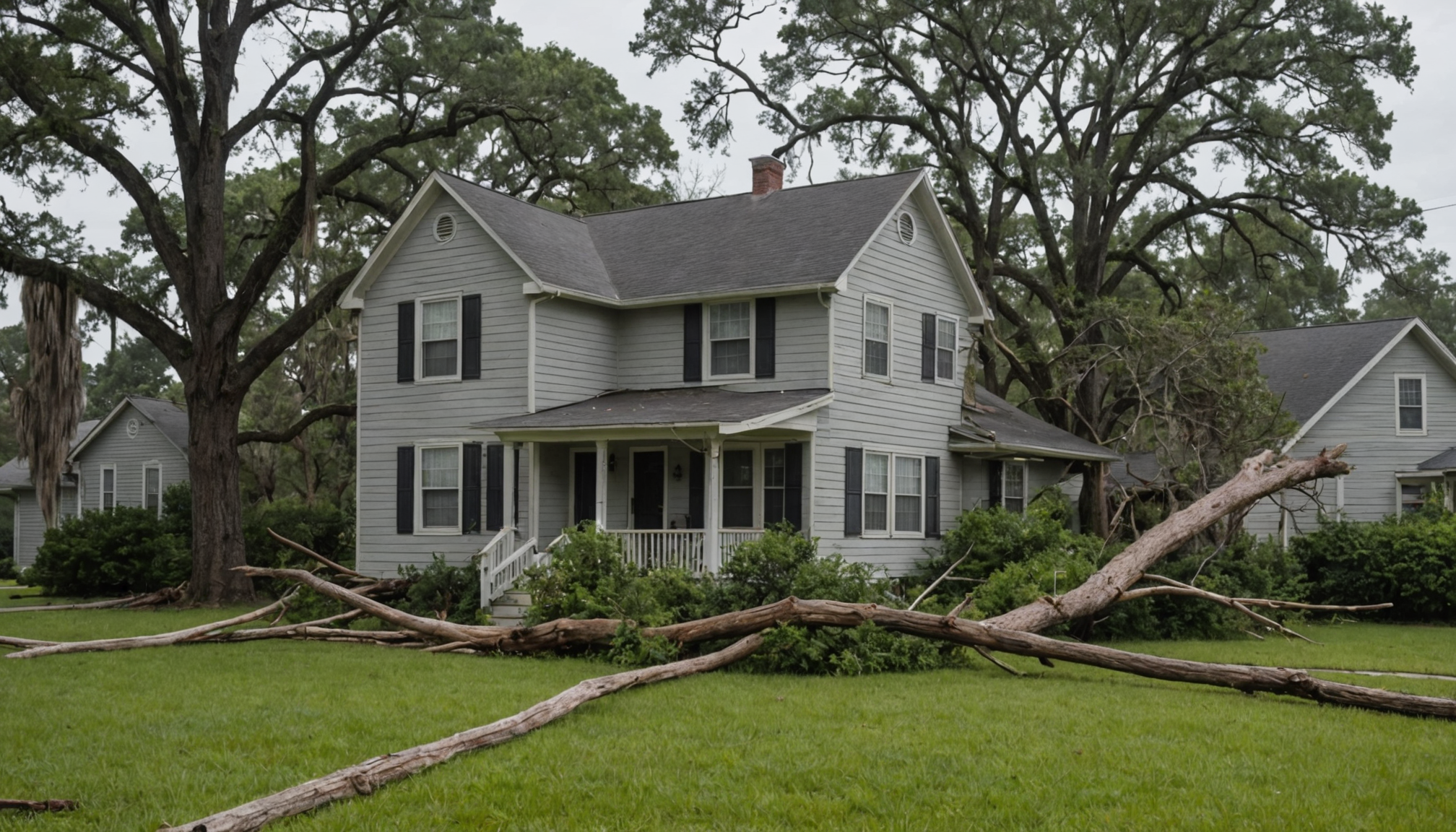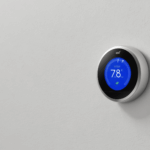Immediately after a storm passes through Jacksonville and it’s safe to venture outside, comprehensive photo and video documentation becomes your most powerful tool for insurance claims. According to the Florida Office of Insurance Regulation, claims with thorough visual evidence are processed up to 40% faster than those without proper documentation.
Begin by capturing wide-angle shots of your entire property from multiple angles, ensuring you document all visible storm damage. Insurance adjusters particularly value “before and after” photographs, so if you have existing photos of your property, keep them handy for comparison. The Insurance Information Institute recommends taking photos in the following sequence:
- Exterior shots from all four corners of your property
- Close-up images of specific damage areas
- Interior damage, including water stains and structural issues
- Serial numbers of damaged appliances and equipment
- Damaged personal belongings
When recording video footage, provide verbal descriptions while filming, noting the date, time, and specific location of each damaged area. Jacksonville insurance experts recommend using your smartphone’s timestamp feature and enabling GPS location services to provide additional verification of when and where the documentation occurred.
Store your photos and videos in multiple locations, including cloud storage services and external hard drives. According to FEMA guidelines, you should maintain at least three separate copies of all documentation. Professional contractors in Jacksonville suggest organizing your visual evidence into clearly labeled folders by date, type of damage, and location within your property.
Remember to document any temporary repairs you make to prevent further damage, as these expenses can often be reimbursed by your insurance company. Take clear photos before and after making these temporary fixes, and keep all receipts for materials purchased. The National Storm Damage Center reports that properly documented temporary repairs can increase claim settlements by up to 15%.
Securing important documents and records
Following a severe storm in Jacksonville, safeguarding your essential documents becomes crucial for a smooth insurance claim process. Create a dedicated waterproof and fireproof container to store all relevant paperwork. Your insurance policy documents should be the first items secured, including your homeowner’s policy, flood insurance documentation, and any riders or additional coverage details.
Maintain a comprehensive file of recent home maintenance records, property tax statements, and mortgage documents. Jacksonville insurance experts recommend keeping digital copies of all critical documents stored in cloud-based services, with backup copies shared with trusted family members or your attorney. Include recent utility bills, as these can serve as proof of residency when dealing with insurance claims.
Organize and protect important identification documents such as driver’s licenses, passports, birth certificates, and social security cards. These may be necessary when working with insurance adjusters or applying for disaster assistance. Keep a detailed contact list of your insurance agent, local contractors, and emergency services readily available.
Document all communication with your insurance company by maintaining a log of phone calls, emails, and in-person meetings. Record the date, time, and name of each person you speak with regarding your storm damage claim. Save all receipts related to temporary repairs or emergency services, as these expenses may be reimbursable under your policy.
- Create digital copies of all important documents and store them in at least three different locations, including cloud storage
- Maintain a detailed communication log with timestamps and contact information for all insurance-related interactions
- Keep original receipts and invoices for all storm-related expenses, including temporary repairs and emergency services
- Update your document inventory annually and after any significant home improvements or purchases
Making a detailed inventory list
When creating an inventory list for storm damage in Jacksonville, many homeowners inadvertently make errors that can complicate their insurance claims. A thorough inventory requires more than just a quick list of damaged items. Insurance companies recommend documenting every affected item, regardless of its perceived value.
One common mistake is relying solely on memory. Keep a spreadsheet or digital document listing each damaged item, including:
• Original purchase price and date
• Brand names and model numbers
• Detailed descriptions of damage
• Current replacement costs
• Location of the item when damaged
Another frequent oversight is failing to document items in rarely accessed spaces like attics or storage areas. Jacksonville insurance adjusters suggest conducting a room-by-room inventory, including often-forgotten areas like:
• Garage storage
• Outdoor equipment
• Built-in appliances
• Window treatments
• Landscaping features
Many people also forget to include documentation of high-value items’ condition before the storm damage occurred. Maintain regular updates of your home inventory, especially after major purchases or home improvements. Digital inventory apps can simplify this process, allowing you to store photos, receipts, and descriptions in one secure location.
Don’t make the mistake of throwing away damaged items before proper documentation. Even if an item appears unsalvageable, keep it until the insurance adjuster has completed their assessment. Take multiple photos of each damaged item from different angles, and include a ruler or measuring tape in the photos to show scale.
Remember to record less obvious losses, such as:
• Food spoilage from power outages
• Professional cleaning services
• Temporary storage costs
• Transportation expenses related to the damage
Create backup copies of your inventory list in multiple formats, including cloud storage and physical printouts. Update your inventory regularly, and review it with your insurance agent annually to ensure adequate coverage for your possessions.
Filing your insurance claim properly
Once your documentation is complete, it’s time to navigate the insurance claim filing process with precision and attention to detail. Contact your insurance provider immediately after the storm damage occurs – most Jacksonville insurance companies have 24/7 claims hotlines. Time is crucial, as many policies have specific deadlines for filing claims following storm damage.
Begin by obtaining your policy number and reviewing your coverage details. Initiate the claim through your insurer’s preferred method, whether it’s online, through their mobile app, or by phone. Many Jacksonville insurance providers now offer digital claim filing systems that streamline the process and allow for immediate document uploads.
When submitting your claim, include:
• Your policy number and contact information
• Date and time of the storm damage
• Detailed description of all damages
• Your preliminary inventory list
• Photos and videos of the damage
• Documentation of temporary repairs
• Receipts for emergency services
Follow up your initial claim submission with a formal letter of intent, sent via certified mail. This creates an official record of your claim initiation. Insurance experts recommend maintaining a dedicated claim file containing:
• Claim number and adjuster contact information
• Copies of all submitted documentation
• Notes from conversations with insurance representatives
• Estimates from contractors
• Correspondence records
• Proof of temporary living expenses if displaced
Stay proactive throughout the process by following up regularly with your insurance company. Keep detailed records of every interaction, including the date, time, and name of representatives you speak with. If your insurer requests additional documentation, respond promptly to avoid delays in processing your claim.
Be particularly mindful of deadlines and required documentation specific to Florida insurance regulations. Some types of storm damage may require special documentation or expert assessments. Don’t hesitate to ask questions if you’re unsure about any aspect of the claims process – it’s better to seek clarification than risk filing an incomplete claim.
Remember that honesty and accuracy are paramount when filing your claim. Misrepresenting damage or inflating losses can result in claim denial and potential legal consequences. Focus on providing thorough, truthful documentation that supports your claim effectively.
Stay organized and persistent throughout the process, and maintain regular communication with your insurance provider. A well-documented and properly filed claim significantly increases your chances of receiving fair compensation for your storm damage repairs.
Working with insurance adjusters and contractors
- How long should I wait before meeting with the insurance adjuster after storm damage in Jacksonville?
- Contact your insurance company immediately after the storm, and they typically schedule an adjuster visit within 48-72 hours. Document all damage before their arrival and avoid making permanent repairs until after their inspection.
- What should I do if I disagree with the insurance adjuster’s assessment?
- You have the right to hire a public adjuster for a second opinion, who can review the damage independently. In Jacksonville, public adjusters must be licensed by the state and can help negotiate with your insurance company for a fair settlement.
- Can I choose my own contractor for repairs, or do I have to use the insurance company’s recommended contractor?
- In Florida, you have the right to choose your own licensed contractor for repairs. However, ensure they are properly licensed, insured, and experienced with insurance claim work in Jacksonville.
- What if my contractor’s estimate is higher than the insurance adjuster’s assessment?
- Request your contractor to provide a detailed breakdown of costs and documentation supporting their estimate. Your contractor can communicate directly with the insurance adjuster to explain any price differences and negotiate a fair settlement.
- How can I protect myself from contractor fraud after storm damage?
- Verify the contractor’s license through the Florida Department of Business and Professional Regulation. Get multiple written estimates, never pay the full amount upfront, and ensure all agreements are in writing with detailed scope of work.











